Global warming, with its far-reaching impacts on ecosystems around the world, is significantly altering the behavior of snakes. As temperatures rise and environmental conditions shift, these fascinating reptiles are adapting in novel ways that offer insights into the broader implications of climate change across species. This article will delve into 12 ways that global warming is influencing snake behavior, revealing the intricate connections between climate and the natural world. From changing hunting patterns to altered mating rituals, the effects of climate change are profound and multifaceted, highlighting the importance of continued research and conservation efforts.
Adaptation to Rising Temperatures

Snakes are ectothermic creatures, meaning their body temperature is regulated by external sources. As global temperatures rise, snakes are modifying their behavior to cope with increased heat. They are becoming more nocturnal, actively seeking cooler periods at night rather than during the peak daytime heat. This shift not only affects their daily activity patterns but also influences their interactions with prey and predators.
Changes in Habitat Range
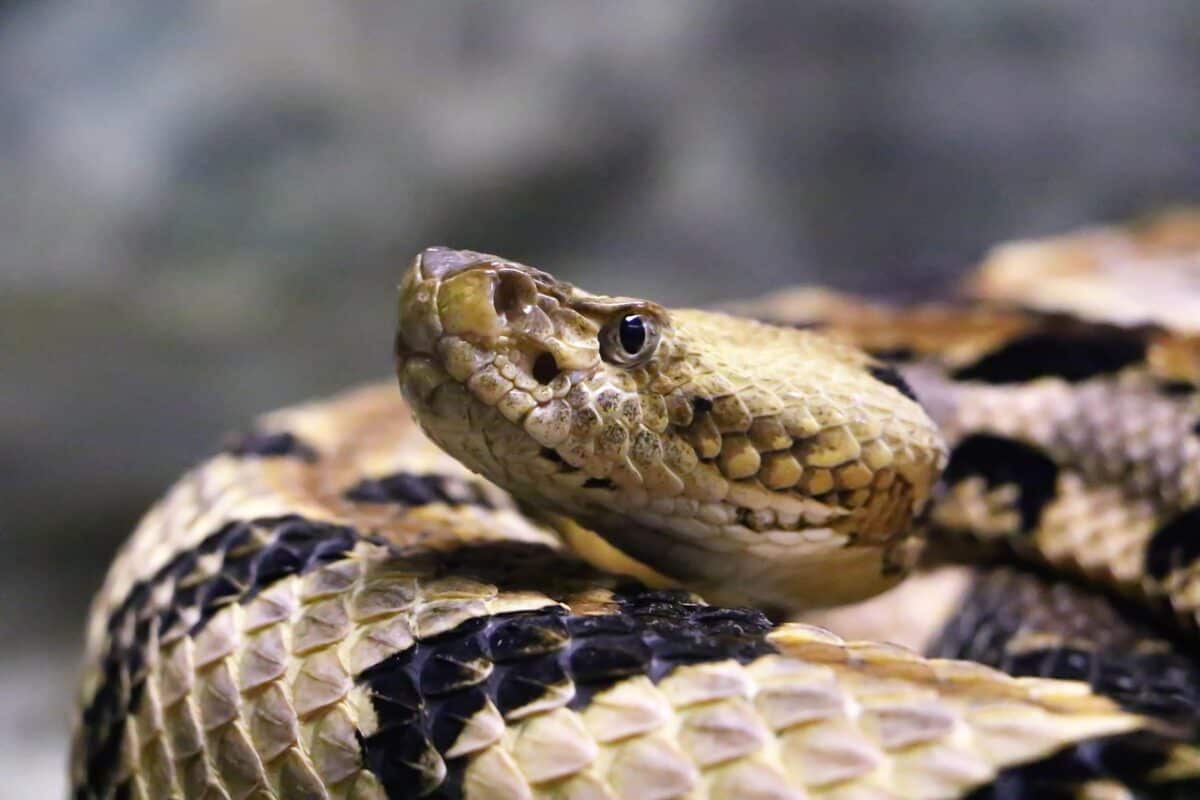
One of the most significant effects of global warming is the alteration of snake habitat ranges. Warmer conditions are enabling snakes to expand their territories into regions that were previously too cold. Species like the rattlesnake have been observed moving northward in North America, which impacts local ecosystems and disrupts existing ecological balances.
Shifts in Hibernation Practices

With milder winters, snakes are adjusting their hibernation routines. Some species may enter hibernation later and emerge earlier in the year, while others may forgo traditional hibernation altogether. This change affects their biological clock, feeding patterns, and vulnerability to predators, offering an example of how global warming disrupts natural cycles.
Impact on Reproductive Behaviour
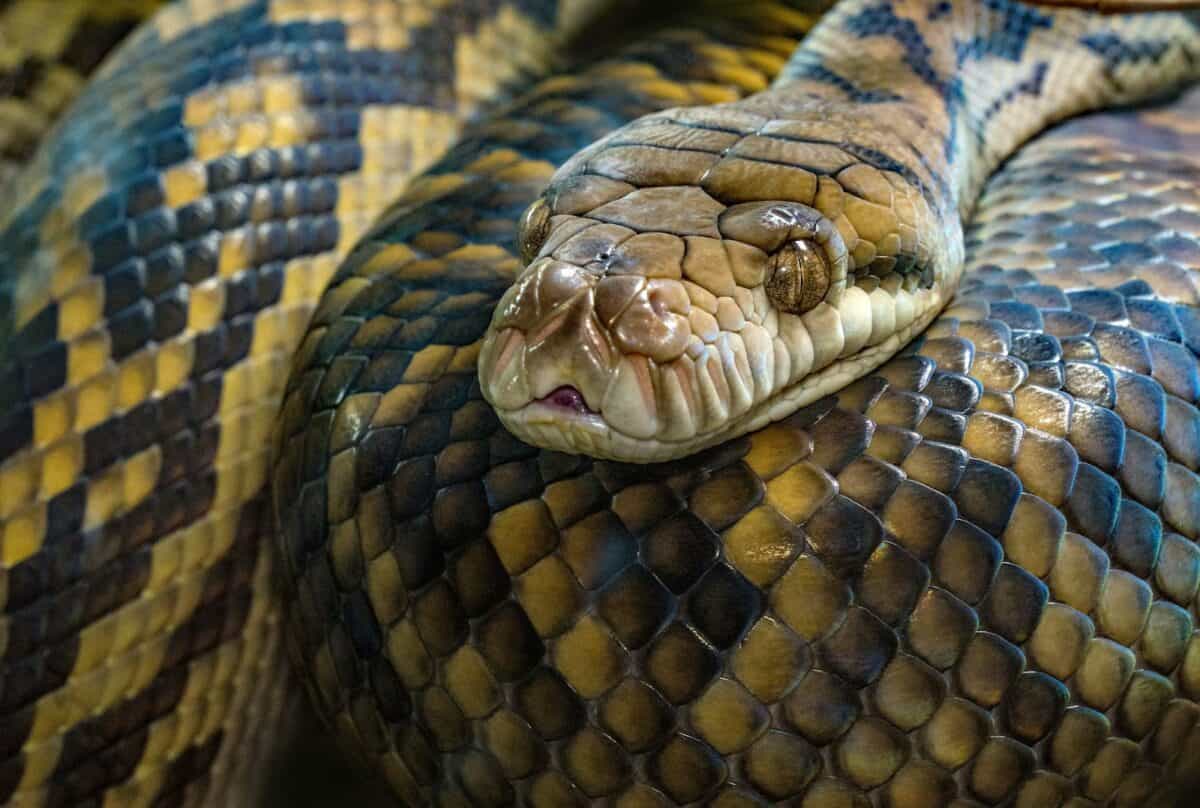
Global warming is affecting the reproductive behavior of snakes, with temperature playing a pivotal role in sex determination for many species. As temperatures rise, there is concern about imbalanced sex ratios, which could threaten population stability. Additionally, warmer conditions may alter mating behaviors and the timing of egg laying.
Altering Prey Availability
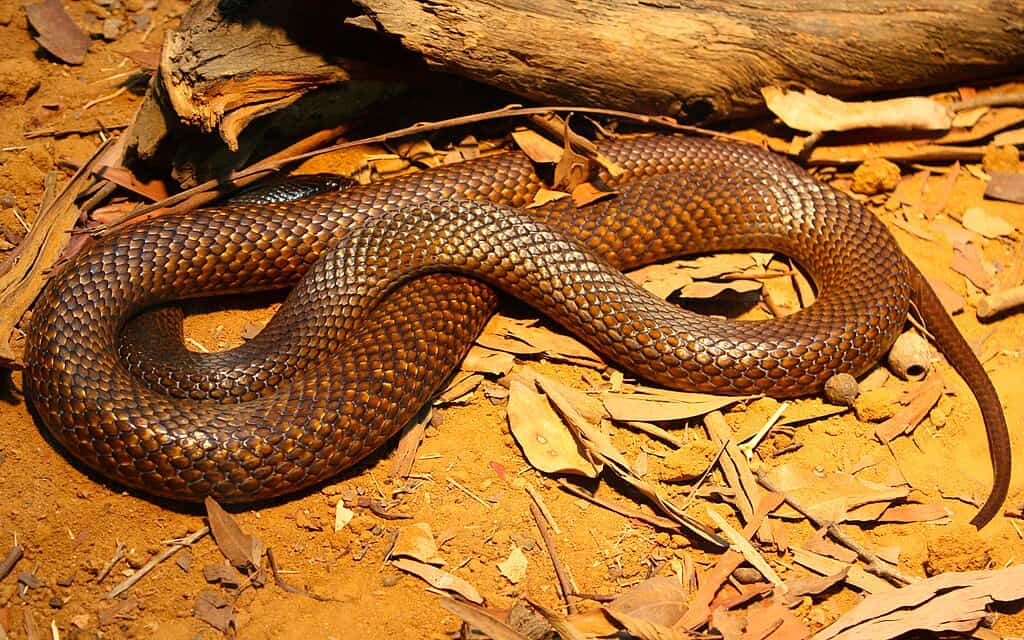
Climate change impacts not only snakes but also their prey. Changes in the availability and type of prey can lead snakes to alter their feeding strategies. Warmer temperatures can cause prey to either flourish or diminish, requiring snakes to adapt their hunting techniques and diets accordingly, sometimes leading to increased competition among snake populations.
Migration Patterns

As habitats are altered due to global warming, some snake species are migrating to new areas, often in search of suitable temperatures and food sources. This migration can lead to increased interspecies interactions, hybridization with local species, and changes in community dynamics, influencing biodiversity and ecosystem health.
Increased Disease Susceptibility
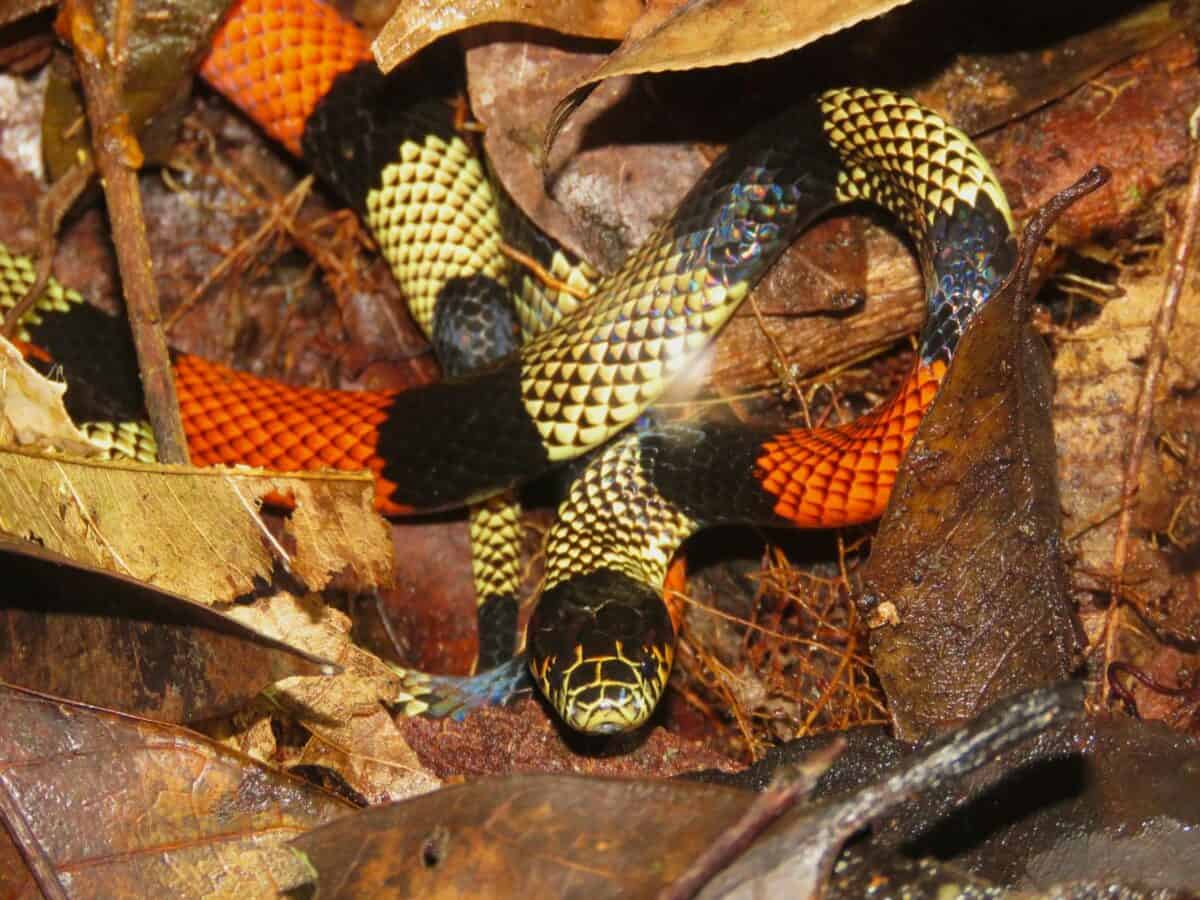
The stress of adapting to a changing climate can make snakes more susceptible to diseases. Warmer and wetter conditions facilitate the spread of pathogens, which can be catastrophic for snake populations with limited immunity. Understanding the link between climate change and disease can help inform conservation strategies to protect vulnerable species.
Behavioral Thermoregulation

Thermoregulation is crucial for snakes, and global warming is making it more challenging for them to find appropriate microhabitats to regulate their body temperature. Snakes are increasingly using behavioral adaptations, such as seeking shaded or aquatic areas, to manage their body heat, which may affect their visibility and vulnerability to predators.
Competition Among Species
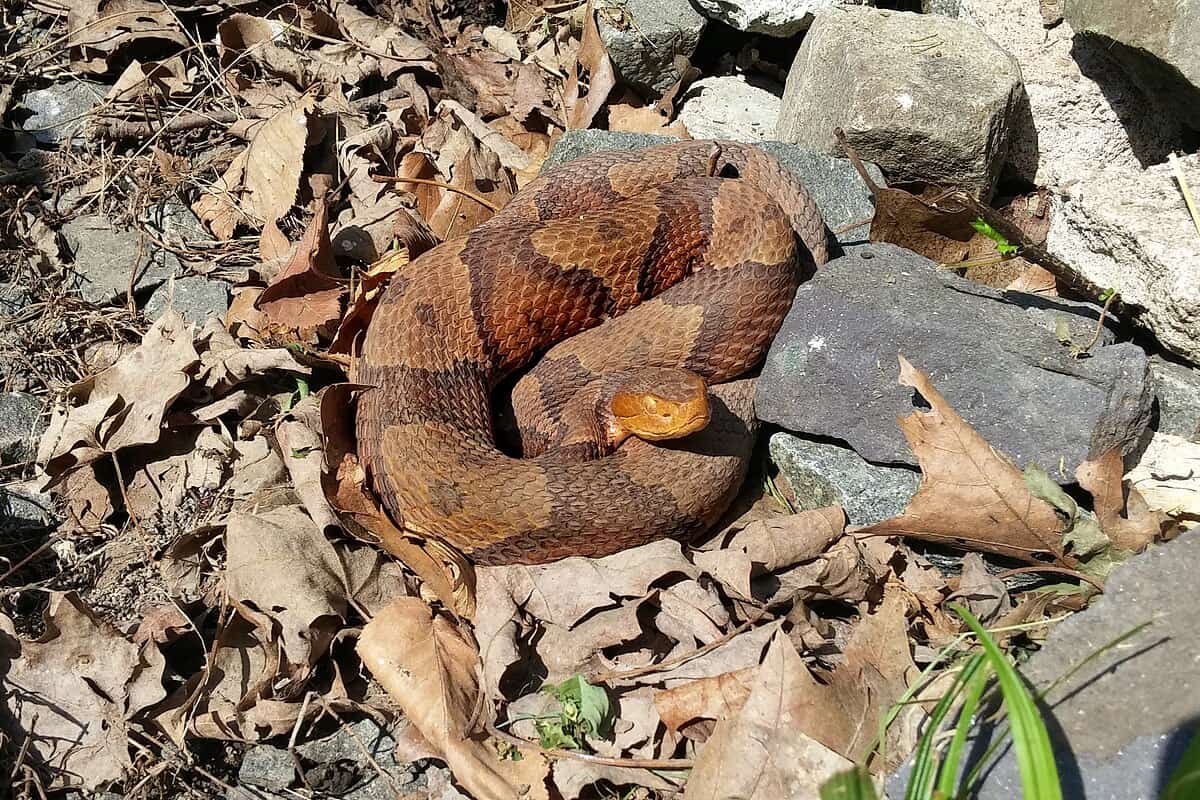
As snakes expand their range into new territories, they encounter other snake species, leading to increased competition for resources. This competition can result in the displacement of native species and alter predation patterns, which can have cascading effects throughout the ecosystem.
Impact on Venom Composition

Emerging research suggests that climate change may influence the composition of snake venom. Environmental stressors can lead to variations in venom potency and effectiveness, affecting the snake’s ability to capture prey and defend itself. This could have implications for both snake survival and medical treatments derived from snake venom.
Altered Predation Risk
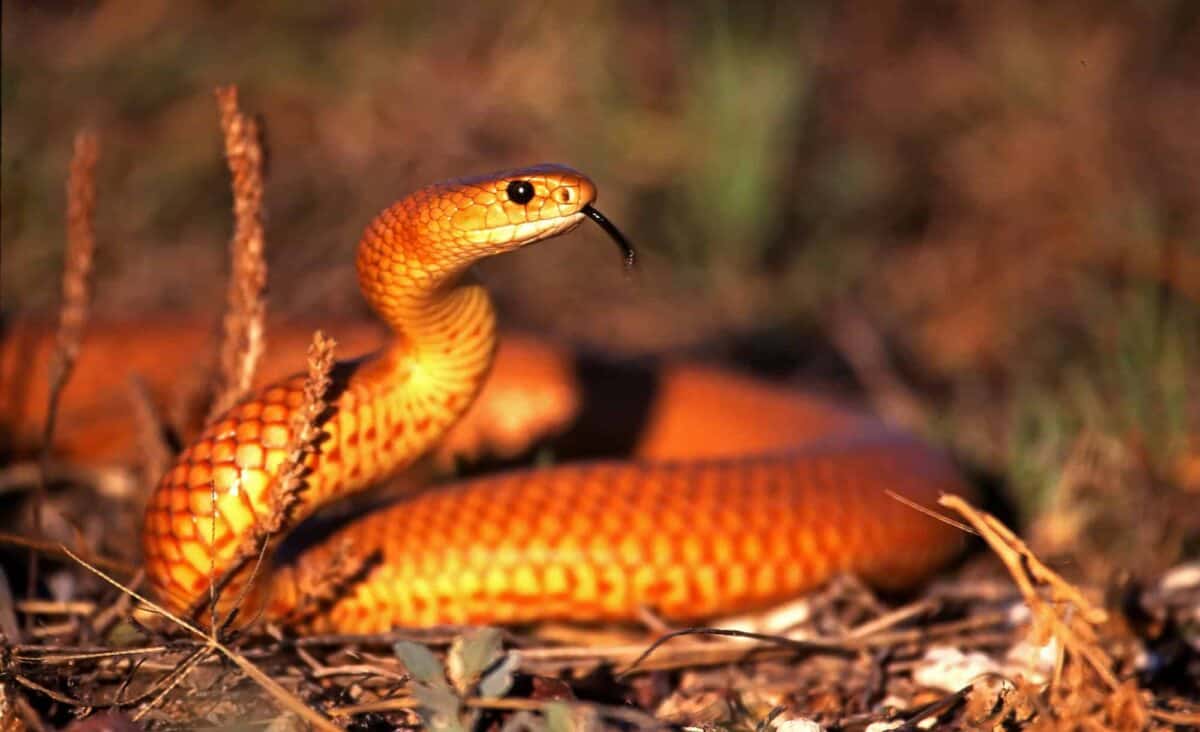
With shifts in activity patterns and habitat ranges, snakes may face altered predation risks. Being more active in unusual times and places can increase their exposure to predators, requiring them to develop new survival strategies. Successful adaptation to these changes is crucial for maintaining population numbers.
Phenotypic Changes

Over time, global warming could result in phenotypic changes in snakes as they adapt to new environmental pressures. Changes in size, coloration, or scale patterns may give snakes an advantage in altered habitats. These changes provide tangible evidence of the broader effects of climate change on evolutionary processes.
Conclusion: The Ripple Effects of Climate Change

Global warming is a driving force behind many changes in snake behavior, influencing everything from physiology to interactions within ecosystems. As these ectothermic animals adapt to the new realities of their environment, they underscore the interconnectedness of life on Earth. Understanding these changes is critical to conservation efforts and helps predict how other species will adapt to climate change. By studying snakes, we gain valuable insights into ecological resilience and the global challenges that lie ahead.
- This Bird Migrates 12,000 Miles Without Landing Once - August 18, 2025
- The World’s Dumbest Animals You Won’t Believe How Silly They Are - August 18, 2025
- Do Animals Dream? What Research Reveals - August 18, 2025

